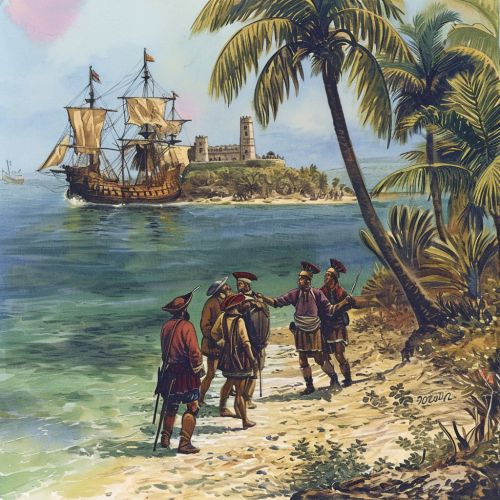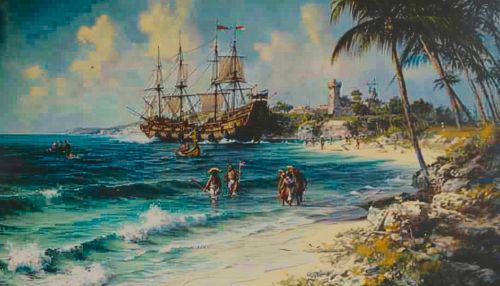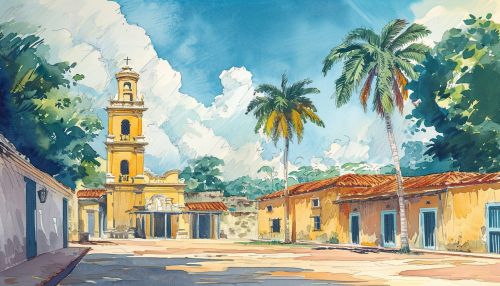Spanish colonization of the Americas
Early Explorations
The Spanish colonization of the Americas began with the explorations of Columbus in 1492. Columbus, an Italian explorer sailing under the Spanish flag, set out to find a western sea route to Asia but instead landed in the Bahamas in the Caribbean Sea. His voyages marked the beginning of the widespread exploration and conquest of the Americas by the Spanish.


Conquest and Colonization
Following Columbus's initial voyage, the Spanish began to establish colonies across the Americas. The first permanent Spanish settlement in the New World was founded on Hispaniola in 1496. This settlement, known as Santo Domingo, served as the capital of the Spanish colonies in the Americas.
The Spanish conquest of the Americas was marked by the use of advanced weaponry and military tactics, as well as the spread of diseases, such as smallpox, which decimated the native populations. The Spanish also employed a system of forced labor known as encomienda, which contributed to the exploitation and decline of the indigenous peoples.
Impact on Indigenous Peoples
The Spanish colonization had a profound impact on the indigenous peoples of the Americas. Many were enslaved, forced to convert to Christianity, and their cultures and societies were largely destroyed. The Spanish also brought with them diseases to which the indigenous peoples had no immunity, resulting in large-scale death and population decline.
Economic Impact
The Spanish colonization of the Americas had significant economic implications. The colonies were rich in natural resources, including gold, silver, and other precious metals, which were exploited for the benefit of the Spanish Crown. The colonization also led to the establishment of the Atlantic slave trade, which had lasting social and economic impacts on both the Americas and Africa.
Cultural Impact
The Spanish colonization also had a profound cultural impact on the Americas. The Spanish language, religion, and customs were imposed on the indigenous peoples, shaping the cultural landscape of the region. This cultural exchange, known as the Columbian Exchange, also involved the transfer of plants, animals, and diseases between the Old and New Worlds.
Legacy
The legacy of the Spanish colonization of the Americas is complex. While it led to the establishment of new societies and cultures, it also resulted in the destruction of indigenous cultures and the exploitation of natural resources. The effects of Spanish colonization can still be seen today in the cultural, social, and political fabric of Latin America.


